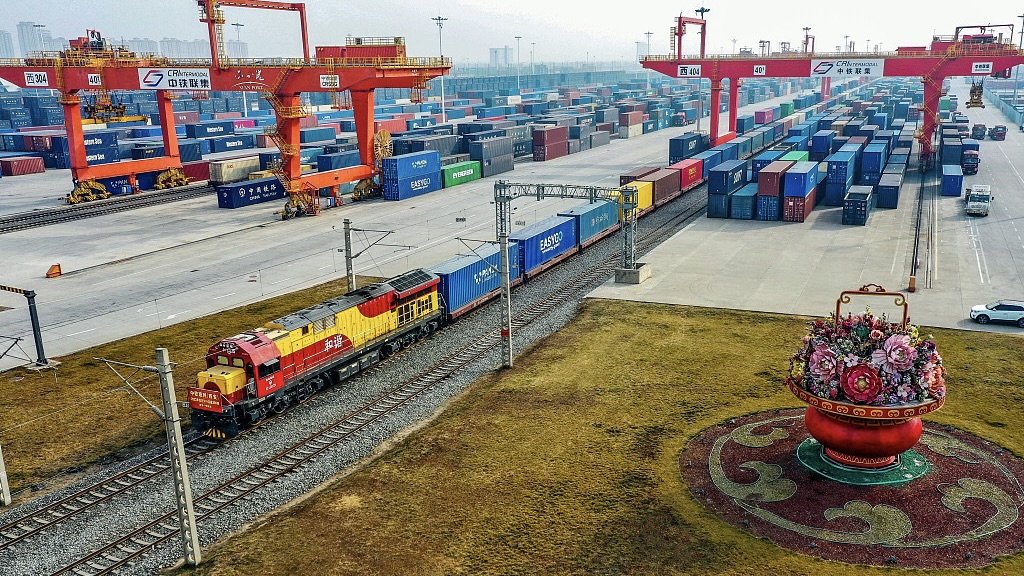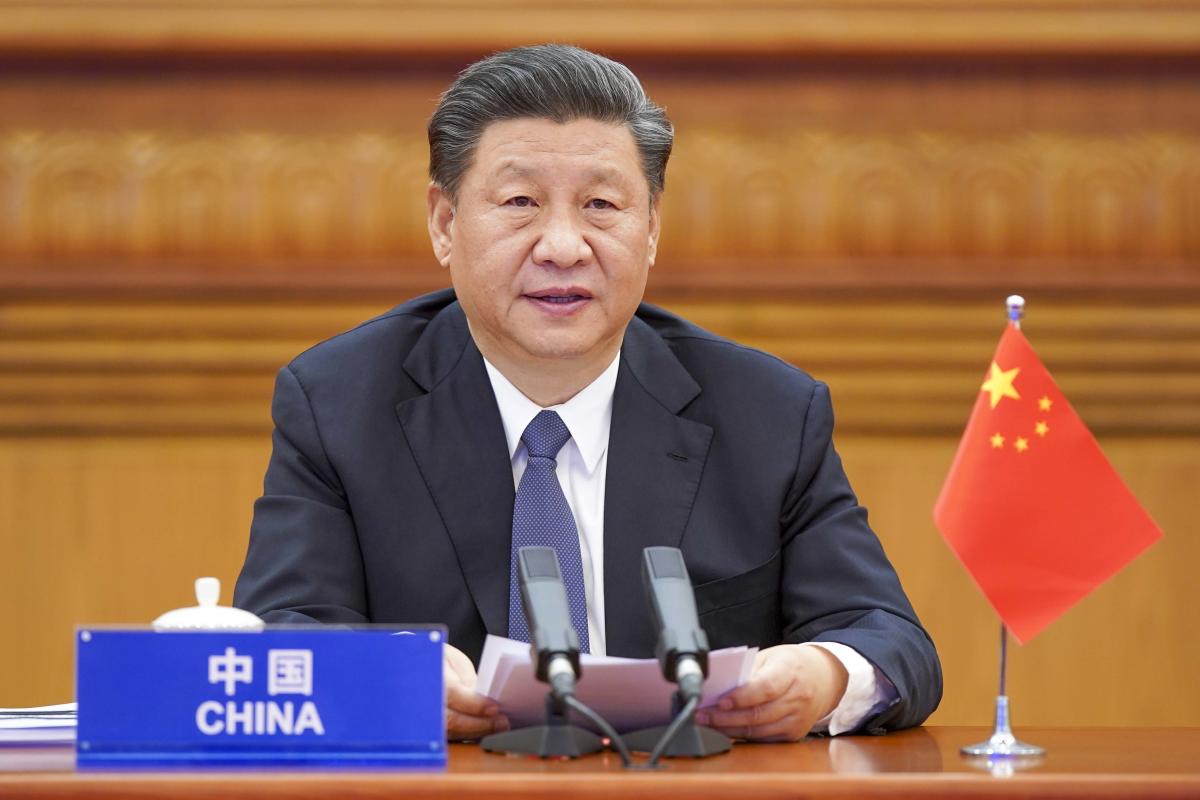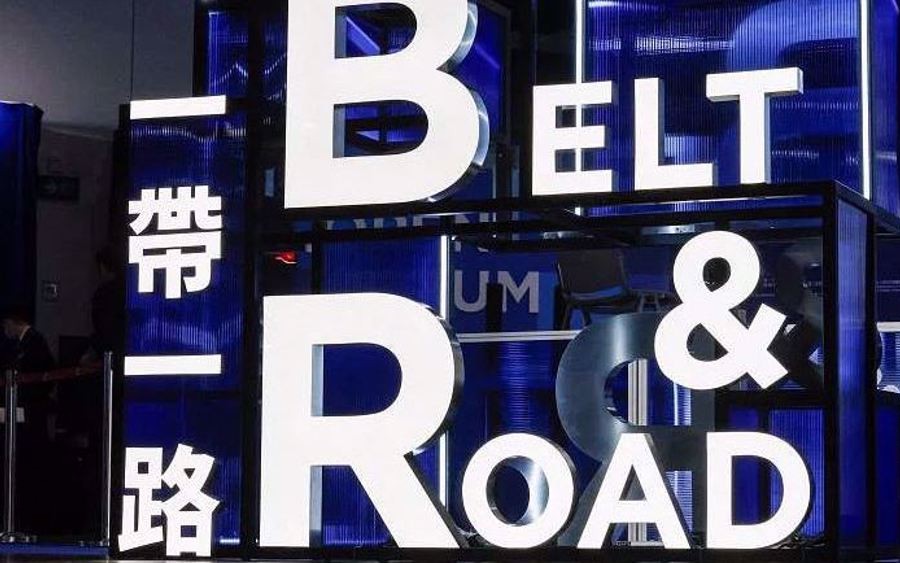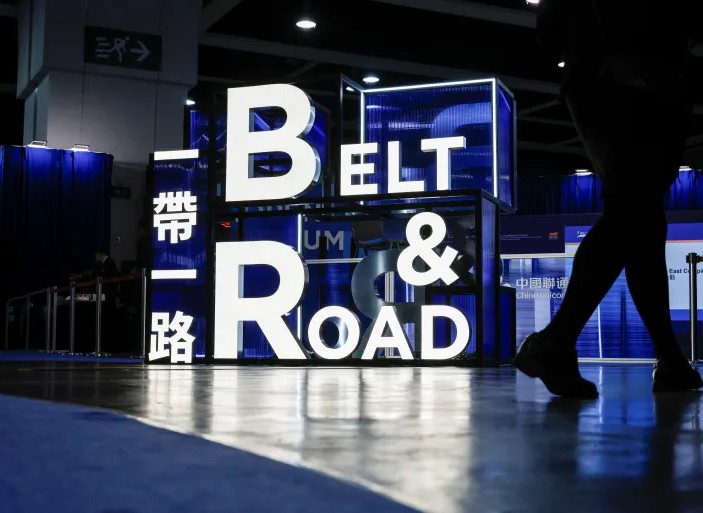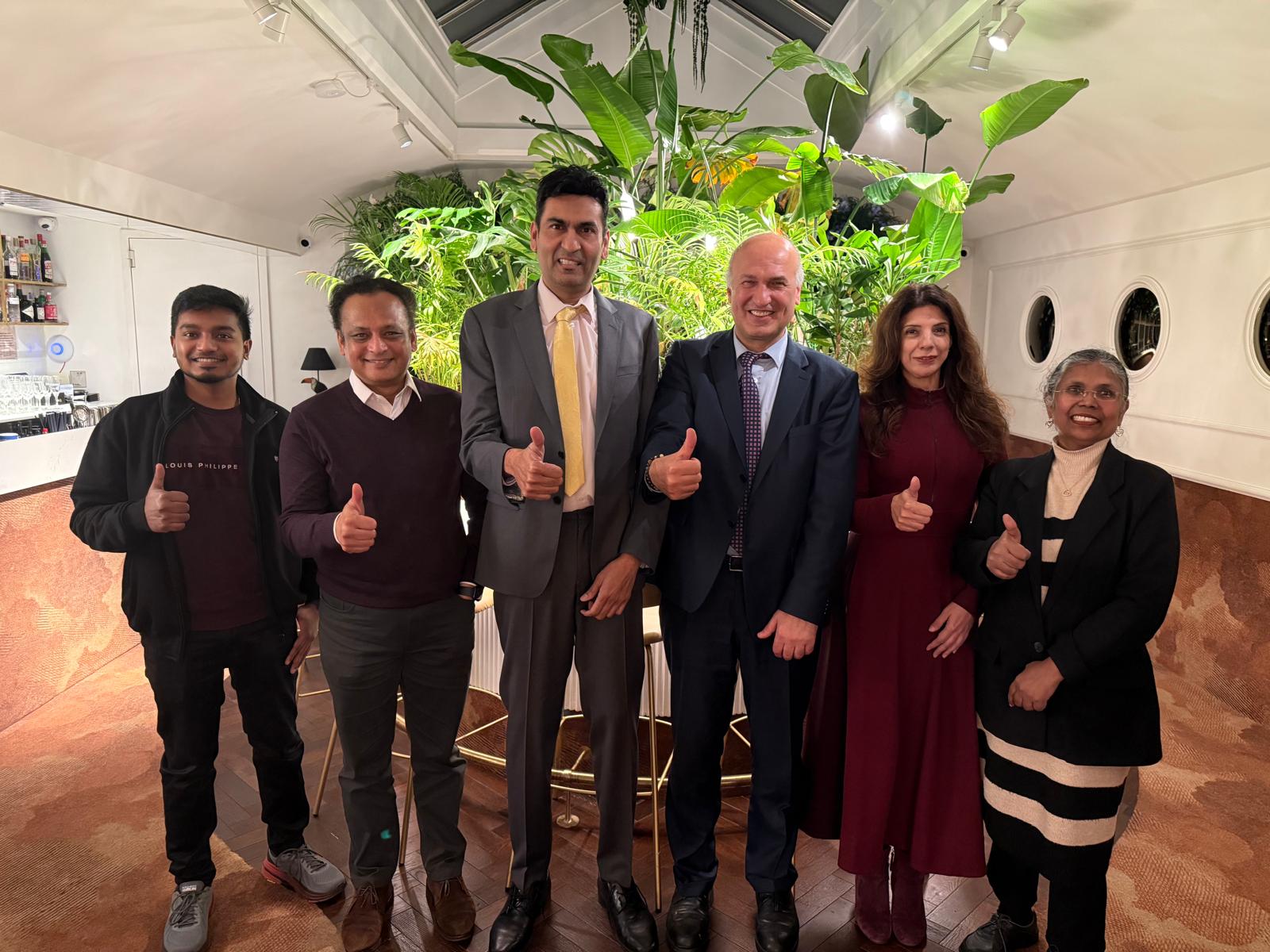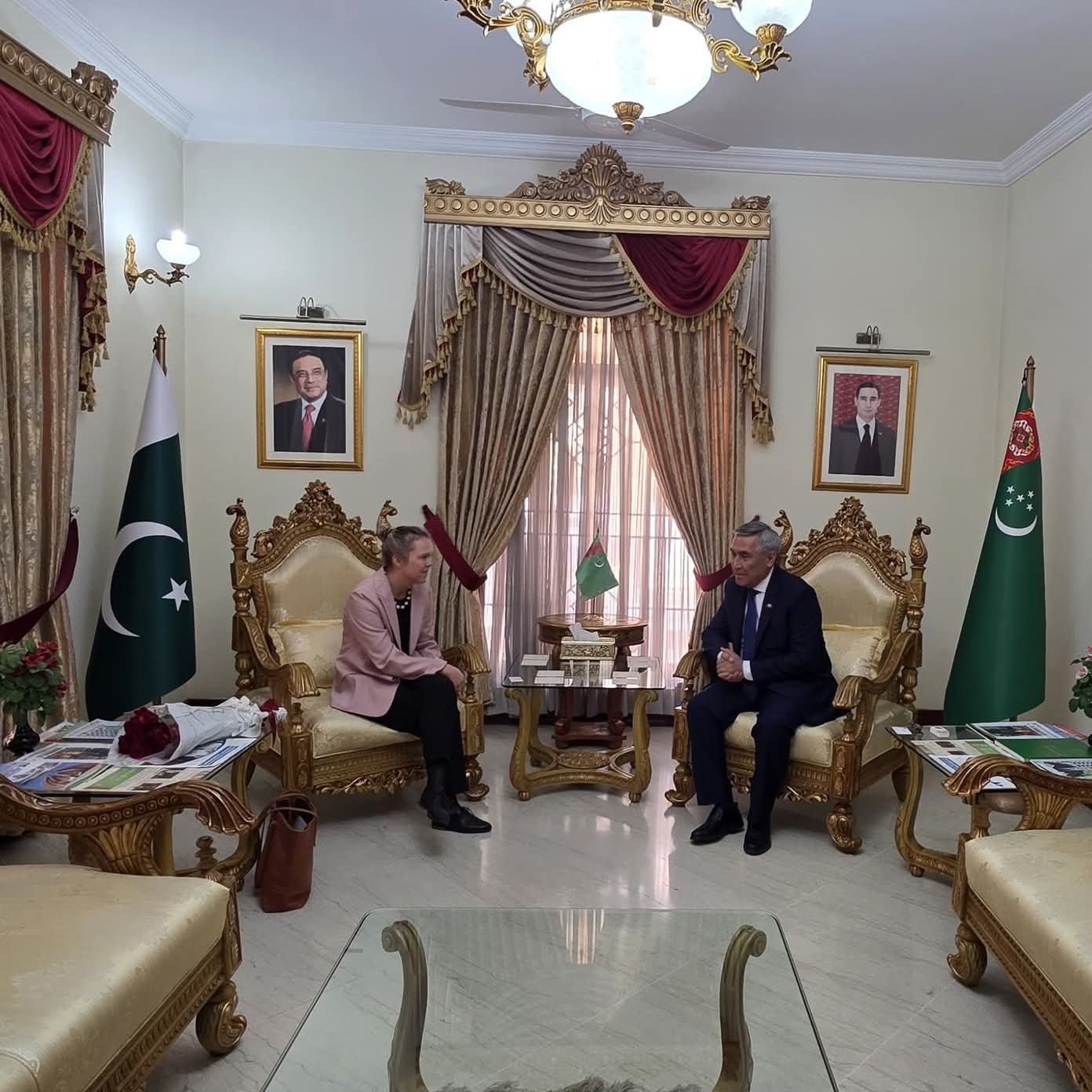Another significant aspect of the mighty project of China, the Belt and Road (BRI) which welcomed a new phase of its activities to enhance its connectivity with the world, trade, and broaden its geopolitical influence was the 21 st Century ‘Maritime Silk Road’ (MSR). President Xi Jinping started the BRI in 2013 with the intention of revitalizing the ancient trade routes, which are the connections between Asia, Europe, and Africa both on land and on sea (Ali, 2018). Despite BRI being an enormous and complex system, the MSR is directly oriented to the development of the maritime trade routes, modernization of the ports, and promotion of the international cooperation at the sea. The paper observes that the MSR is one of the most breakthroughs of the Belt and Road Initiative of China, assesses its strategic impacts, its economic impacts and its geopolitical impacts.
The title Maritime Silk Road, creates an illusion of the ancient sea routes that connected China with the rest of the world particularly the connecting of the coastal ports of China and Southeast Asia, the South Asia and Africa and the Arabian Peninsula that assisted in the exchange of silk, spices and other items. The MSR in the new reality seems to be an extensive chain of ports, shipping routes, and logistical facilities that focus on the advancement of economic integration and trade linkage. The MSR is the continuation of the BRI approach of China, as it is an extension of the Silk Road Economic Belt (SREB), which focuses on the acrossland routes between China and Central Asia, Europe, and Middle East. These two projects are a joint dream of international commerce and economic creation that goes in line with the growing power of China in the international front.
The objectives of the MSR are complicated because they touch on the economic and strategic front. On the economic front, the MSR targets the improvement of the connectivity of trade on a global scale by creating and modernizing ports, infrastructure of the shipping routes. The Chinese government perceives to have a concerted girdle of economic centers along these waterways that can generate increased trade, investment and industrialization among the respective partners. The project will also aim at reducing the transportation costs and logistical limitations that in the context of emerging economies may translate to a huge challenge to trade. As an example to this effect, the launch of China-Pakistan Economic Corridor (CPEC), one of them also includes a deep-water port in Gwadar, Pakistan, serves as a significant integrated hub of the MSR, where China is connected with the Arabian Sea and, therefore, with the Middle East and the rest of the world overall (Cheng, L. 2019).
Since the MSR was pronounced, it has seen numerous projects to be done to bring its vision to reality. China has already invested significantly in the port building, logistics and maritime related infrastructure in countries in South East Asia, South Asia and Africa among others. The Colombo Port City and the Hambantota Port expansion in the case of Sri Lanka are both good examples of the MSR in action. These initiatives are to be directed at having a regional transshipment facility to facilitate trade between Asia and Africa (Zhou, 2017). Similarly, at the Mombasa Port in Kenya, tremendous growth has been witnessed that has involved the MSR with the Chinese companies being the major players in the provision of funds and construction.
The MSR development has massive geopolitical ramifications far more so in the regions where the maritime role of China is growing. Critics of the MSR note that it is not just a project of economic character but a geopolitical tool and one that is meant to see China exercise more geopolitical influence on major maritime bottlenecks and trade routes. The development of port facilities in Sri Lanka, Pakistan and Myanmar among others has also posed the issue of the probability of growing military and strategic presence of China in the locations. One of the ports that has gained attention due to its potential use as a naval base that would put China in strategic position in the Indian Ocean is the Gwadar Port in Pakistan.
Besides the economic and geopolitical concerns, there are also some significant issues of MSR, namely the environmental and social issues. Increase in the rate of coastal structures e.g. expansion of port facilities, dredging and constructions of industrial parks is extremely hazardous to marine ecosystems. The ports on a large scale can disrupt the local fishery, and also cause the disappearance of marine biodiversity (Zhou, 2017). In addition, there has been an inquiry of how these mega projects have impacted the social life including the labor rights, the participation of the local communities in the decision making process and equitable distribution of the benefits.
The 21 st Century ‘Maritime Silk Road’ is a new chapter of the Belt and Road Initiative of China, but it deals with the procedures of its expansion and its currentization of global maritime trade system. Despite the fact that the MSR is likely to introduce numerous opportunities to the economic growth sphere and development of infrastructure and international cooperation, it is also associated with some severe issues related to the sustainability of debts, the lack of geopolitical relations, and environmental degradation and the decline of social equality. The balance it strikes between the economic targets and the social and environmental issues and whether it will operate successfully in the complicated geopolitical environment it is working on will be the benchmark of the future success of the MSR in China as it continues with this ambitious project. It is yet to be decided, as the slowly-but-sure China and its alliances will need to develop sustainable, inclusive, and win-win global maritime network.

Participant of ICSF-UoS Fellowship Program 2025-26 at University of Sargodha.

